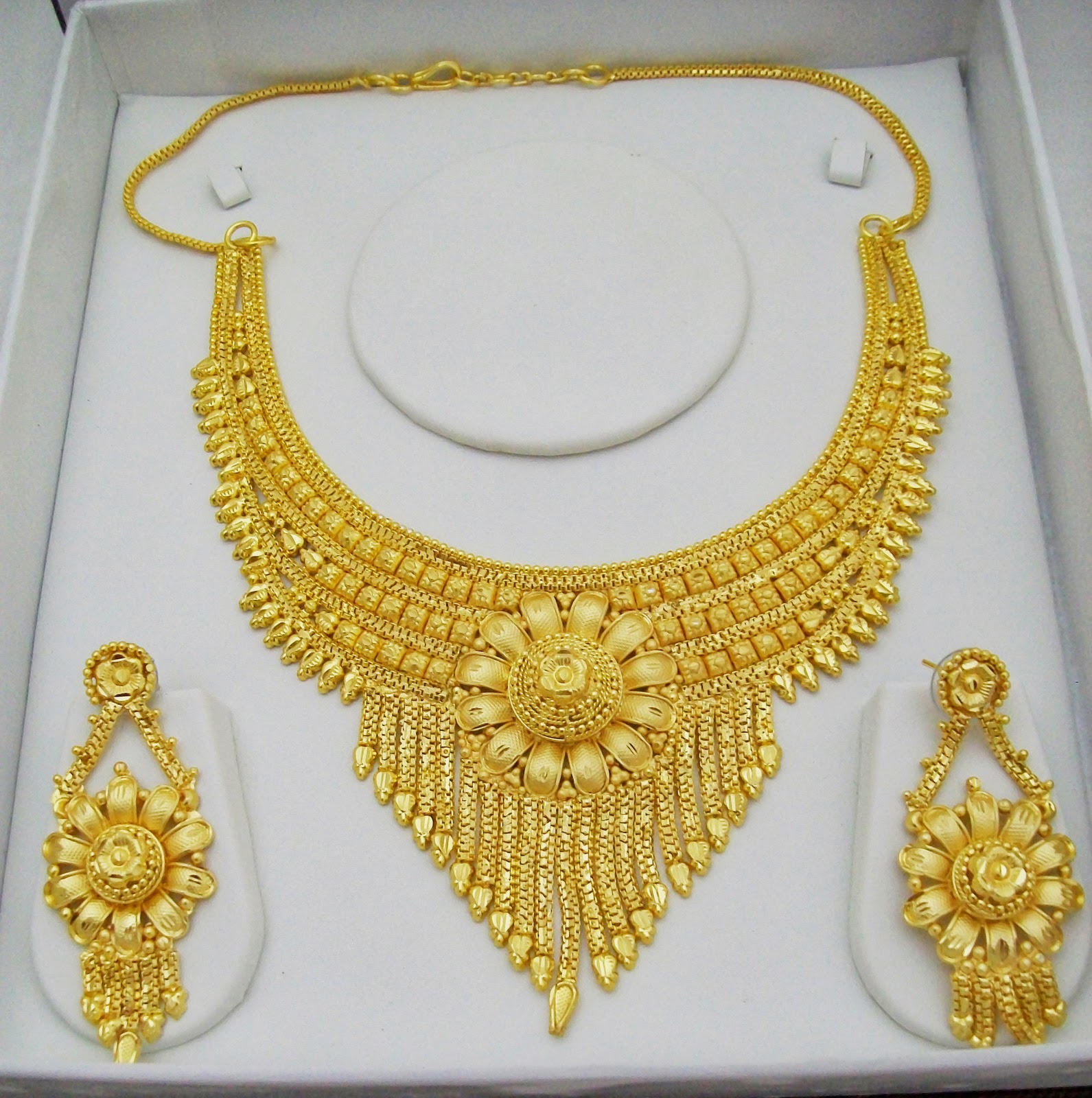Vintage Aesthetics: Exploring Retro Fashion Jewelry Styles
Recently, nostalgic fashion jewelry has made a notable comeback, winning over the hearts of fashion enthusiasts and collectors alike. From the glamorous designs of the 1920s Art Deco movement to the vibrant, eye-catching statements of the 1980s, vintage jewelry trends offer a sentimental escape into an era where elegance and creativity reigned supreme. Fashion jewelry pieces from these periods not only highlight artistry and craftsmanship but also allow individuals to express their individual style and personality.
As we navigate the world of vintage vibes, it becomes clear that fashion jewelry serves as not only an accessory; it embodies a connection to the past and a tribute to the legendary styles that have shaped our perceptions of beauty. Whether you're drawn to delicate pearl earrings, large cocktail rings, or elaborate brooches, there is something inherently enchanting about adorning oneself with pieces that tell a story. Join us on this journey as we delve into the retro fashion jewelry trends that continue to inspire and influence contemporary design.
Legendary Designs from bygone History
The development of fashion jewelry has been shaped by many legendary trends that have defined various eras. Beginning in the flamboyance of the Roaring Twenties to the understated elegance of the 1960s, each period has imprinted on the jewelry trends we see today. Throughout the Art Deco movement, bold geometric shapes and bright colors came forth, with pieces often showcasing diamonds and various precious stones. This era's influence continues to be celebrated in modern designs that embody its spirit of luxury and glamour.
In the ensuing decades, the impact of pop culture began to alter how jewelry was understood and worn. The 1970s introduced a more bohemian vibe identified by natural materials like wood and stone, crafting a stark contrast to the opulence of earlier years. Bold earrings, layered necklaces, and chunky rings became symbols of individual expression and freedom. Today, numerous contemporary jewelers look to this eclecticism, creating unique designs that honor the playful spirit of the 70s.
The 1980s saw an explosion of color and excess in fashion jewelry, with oversized accessories becoming the norm. Pieces adorned with vibrant enamel and large gemstones made striking statements, echoing the energetic pop culture of the time. Iconic figures like Madonna and notable designers of the era cemented this trend, presenting jewelry as not just an accessory but a crucial aspect of self-expression. This retro aesthetic regularly resurfaces in today's collections, proving that the impactful designs of the past continue to influence with emerging generations.
Components and Processes
The charm of vintage fashion jewelry often lies in the special materials used to create these timeless pieces. Common components include metals like brass, platinum, and silver, which provide an sophisticated base for complex designs. Vintage jewelry often features varnish, a technique that consists of applying colorful coatings to metal surfaces, enhancing their appeal with bursts of color. Additionally, the use of semi-precious stones such as lapis lazuli, turquoise, and garnet adds depth and character to many vintage designs, making each piece singular.
Craftsmanship techniques from previous eras also contribute significantly to the charm of retro jewelry. Techniques like filigree, where intricate wire beading makes up the design, showcase the skill of artisans from the past. Handcrafted details and settings highlight the craft put into creating jewelry that is both aesthetic and functional. Additionally, the use of techniques like partitioning, which involves creating compartments for colored enamel, demonstrates the historic craftsmanship that valued detail and creativity in jewelry making.
Finally, the resurgence of vintage fashion jewelry brings renewed interest in sourcing sustainable and ethically mined materials. As contemporary consumers become more aware of the impact of their purchases, vintage jewelry often satisfies a longing for unique pieces that tell a story while promoting eco-friendliness. This trend not only brings back classic styles but also encourages the use of reclaimed materials, allowing for creativity within traditional methods and promoting a fuller narrative behind each exquisite piece.
Modern Understandings
The revival of classic fashion jewelry has ignited a surge of current understandings that combine timeless designs with contemporary aesthetics. Designers in the present are transforming legendary styles from the yesteryear by including modern materials and techniques, enabling for creative pieces that honor their vintage roots. This blend creates jewelry that appeals to a new generation, bridging the divide between nostalgia and modern sensibility.
One significant trend is the use of eco-friendly practices in crafting jewelry reminiscent of classic styles. Green materials and responsible sourcing have turned into crucial aspects of modern jewelry design. This not only shows a growing understanding of ecological issues but also increases the charm of vintage pieces, rendering them meaningful and appealing to eco-conscious consumers. Retro-inspired earrings and necklaces are now often composed of upcycled metals and synthetic gemstones, providing a ethical yet stylish option.

Furthermore, the tailoring of vintage jewelry styles has gained traction. Personalization options allow individuals to create one-of-a-kind pieces that represent their distinct style while drawing on vintage designs. Whether it’s engraving a meaningful date or picking colors that connect personally, current interpretations of vintage jewelry have become a medium for individual expression. This trend ensures that while the designs may reflect the past, they are firmly rooted in contemporary identity and lifestyle.